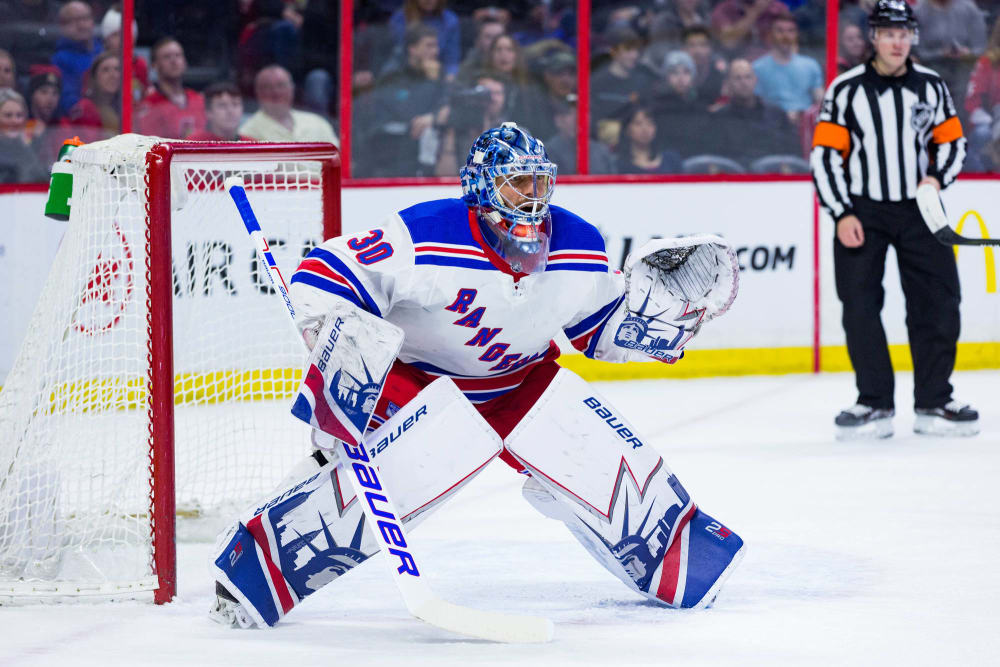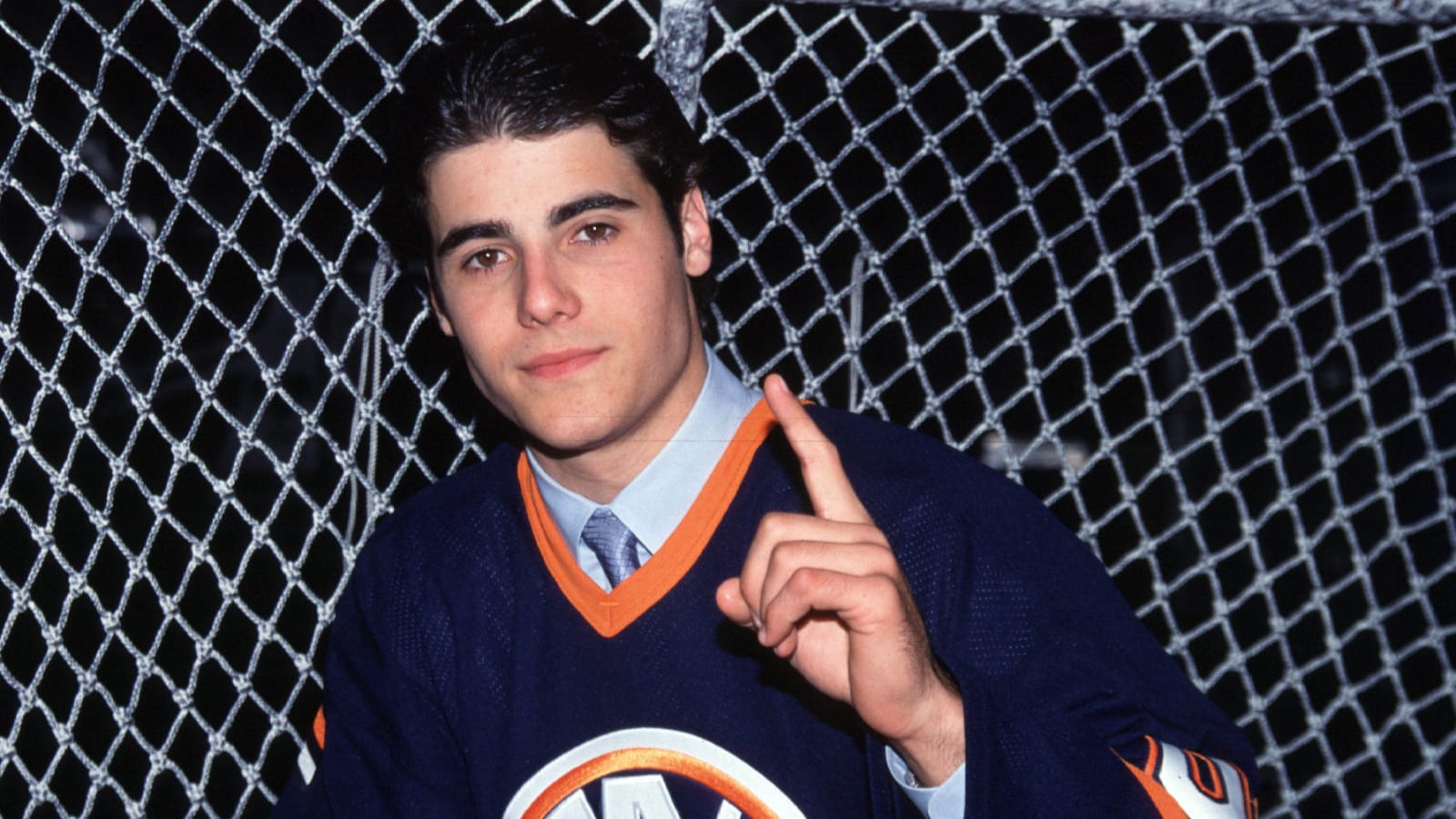
The worst No. 1 overall draft picks in NHL history
The 2018 NHL Draft is upon us, and it's here that the Buffalo Sabres, winners of the latest draft lottery, are expected to pick Swedish defenseman Rasmus Dahlin. The hope, of course, is that Dahlin will become a franchise cornerstone alongside Jack Eichel and help lead the franchise out of the abyss.
That is the hope. That is the hope every team has when it gets the top pick in the draft.
Many times it works out that way and a team ends up with a Sidney Crosby, a Connor McDavid, an Alex Ovechkin, a Mario Lemieux or a Denis Potvin, and the franchise is changed forever.
Sometimes, though, it does not work out that way. This article is about the times it does not work out that way.
These are some of the more forgettable No. 1 overall picks. In some cases it was not just about the missed evaluation that resulted in the wrong player being selected, but also all of the circumstances and accompanying moves that surrounded it.
Nail Yakupov, Edmonton Oilers (2012)
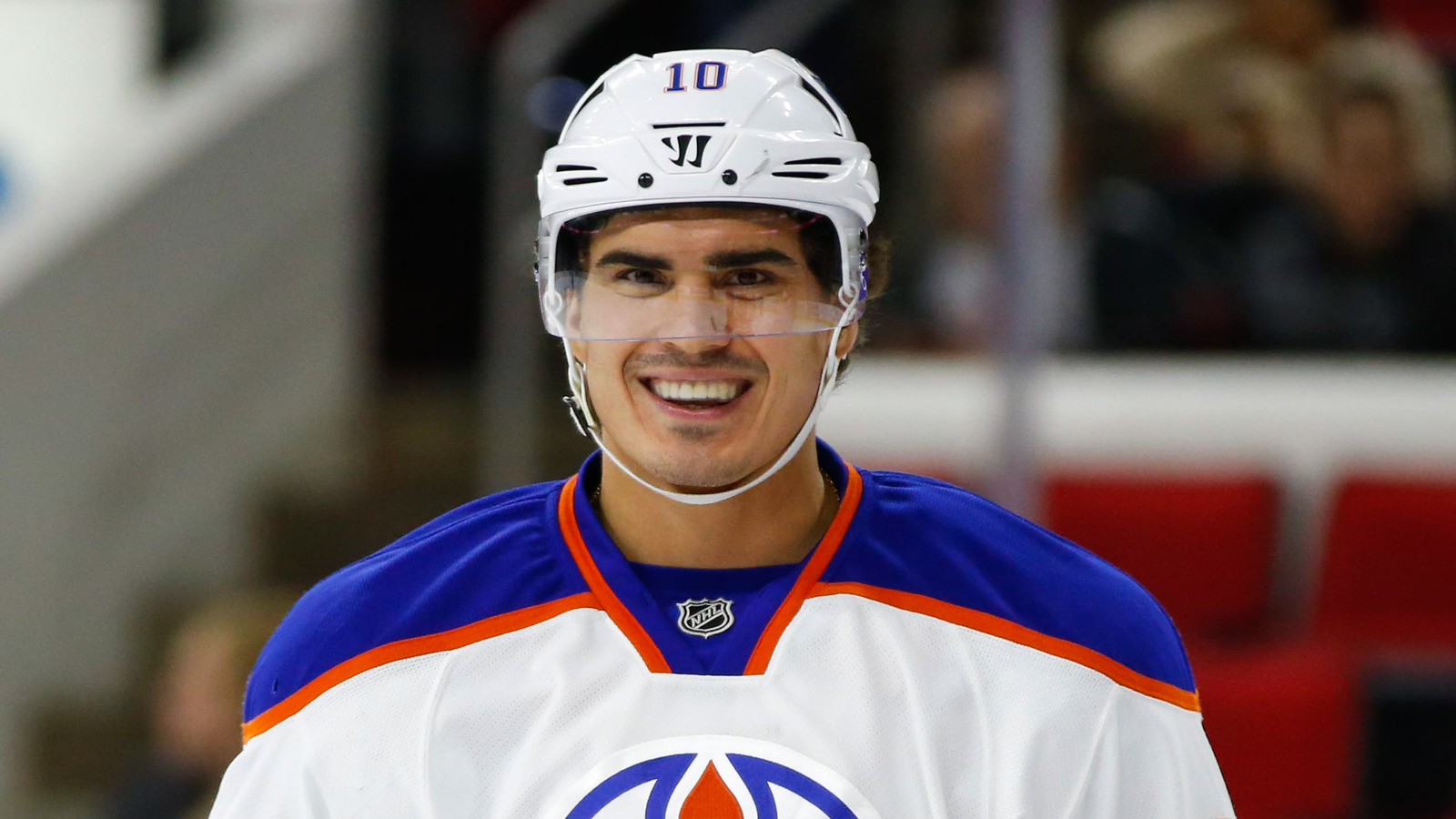
Between 2010 and 2012, the Edmonton Oilers, somewhat hilariously, won the NHL Draft lottery three years in a row. It wasn't quite as funny a few years later when they won it again for the right to select Connor McDavid, but it was still amazing to watch the same dreadful franchise keep having the lottery balls go its way.
After selecting Taylor Hall and Ryan Nugent-Hopkins with the top picks in 2010 and 2011, the Oilers used the 2012 top pick on Nail Yakupov.
This was the top pick that, quite simply, did not work.
While the Oilers ended up wasting Hall and eventually trading him for a middling defenseman, he was at least a legitimate front-line player. Nugent-Hopkins may not have turned out to be a superstar, but he, too, is a quality NHLer.
Yakupov did not find anywhere near the same success.
His career high in goals — so far — came during his rookie season when he scored 17 in a 48-game, lockout-shortened campaign. Since then he has managed just 45 goals in 302 games for the Oilers, St. Louis Blues and Colorado Avalanche.
In the Oilers' defense, that was not a great draft, and at the time Yakupov was the slam-dunk, consensus top pick. And it is not like there was anybody taken immediately after him who has been destined for stardom. Ryan Murray, the No. 2 overall pick that year, has been nearly as disappointing. This is just an example of pretty much everybody getting it wrong. It happens.
Erik Johnson, St. Louis Blues (2006)
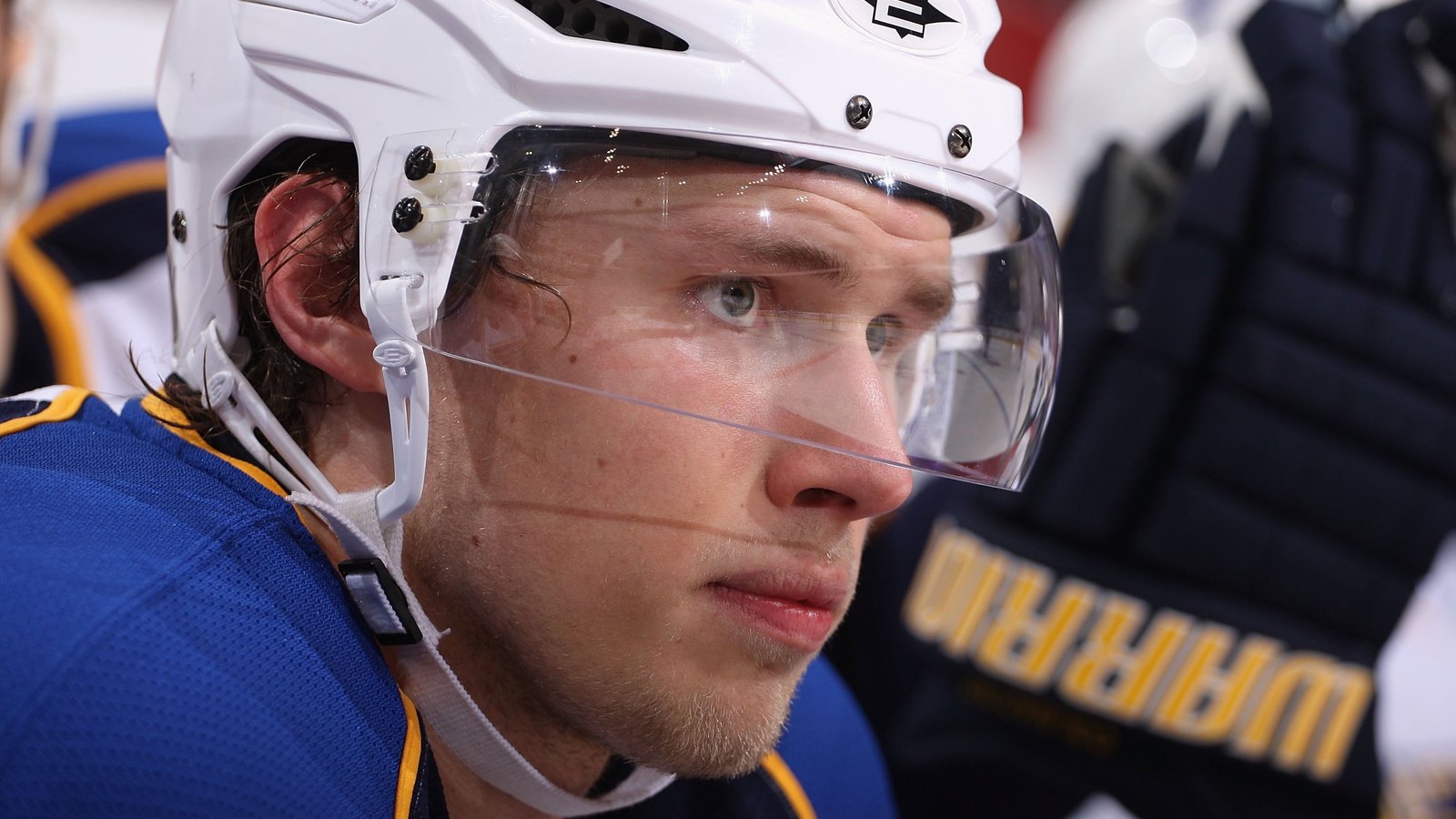
Maybe it is unfair to include Erik Johnson on such a list because he has not been a total bust as a player. He has been a fine NHL defenseman for more than a decade, which is no small accomplishment. He may not be the franchise player he was expected to be, but he's passable.
The problem is that you look at the four players taken immediately after him and you see Jordan Staal, Nicklas Backstrom, Jonathan Toews and Phil Kessel. Yikes. Johnson ended up playing just two and a half years in St. Louis before being traded to Colorado for Kevin Shattenkirk and Chris Stewart, a deal that ended up working out quite well in the Blues' favor. So at least they salvaged that part of it.
Rick DiPietro, New York Islanders (2000)
A lot of things went wrong for Rick DiPietro and the Islanders. First, at the time of DiPietro's selection, the Islanders already had a great young goalie (a goalie they selected with a top five pick just three years earlier) in Roberto Luongo who was supposed to be the cornerstone of their rebuild.
Instead, they traded Luongo (and Olli Jokinen!) to the Florida Panthers in exchange for Mark Parrish and Oleg Kvasha, a trade that would ultimately go down as one of the worst, most lopsided trades in NHL history.
They then selected DiPietro with the top pick in the 2000 draft. It was all downhill from there. Injuries helped derail DiPietro's career to the point that he played more than 50 games just four times, while the Islanders still signed him to a 15-year contract in 2006 that ended up resulting in a buyout that will pay him $1.5 million per year through 2029. The two players selected immediately after DiPietro: Dany Heatley and Marian Gaborik. What would the Islanders franchise have looked like in the early to mid-2000s had the team simply kept Luongo and Jokinen and drafted one of those two goal-scoring wingers with the No. 1 pick?
Patrik Stefan, Atlanta Thrashers (1999)
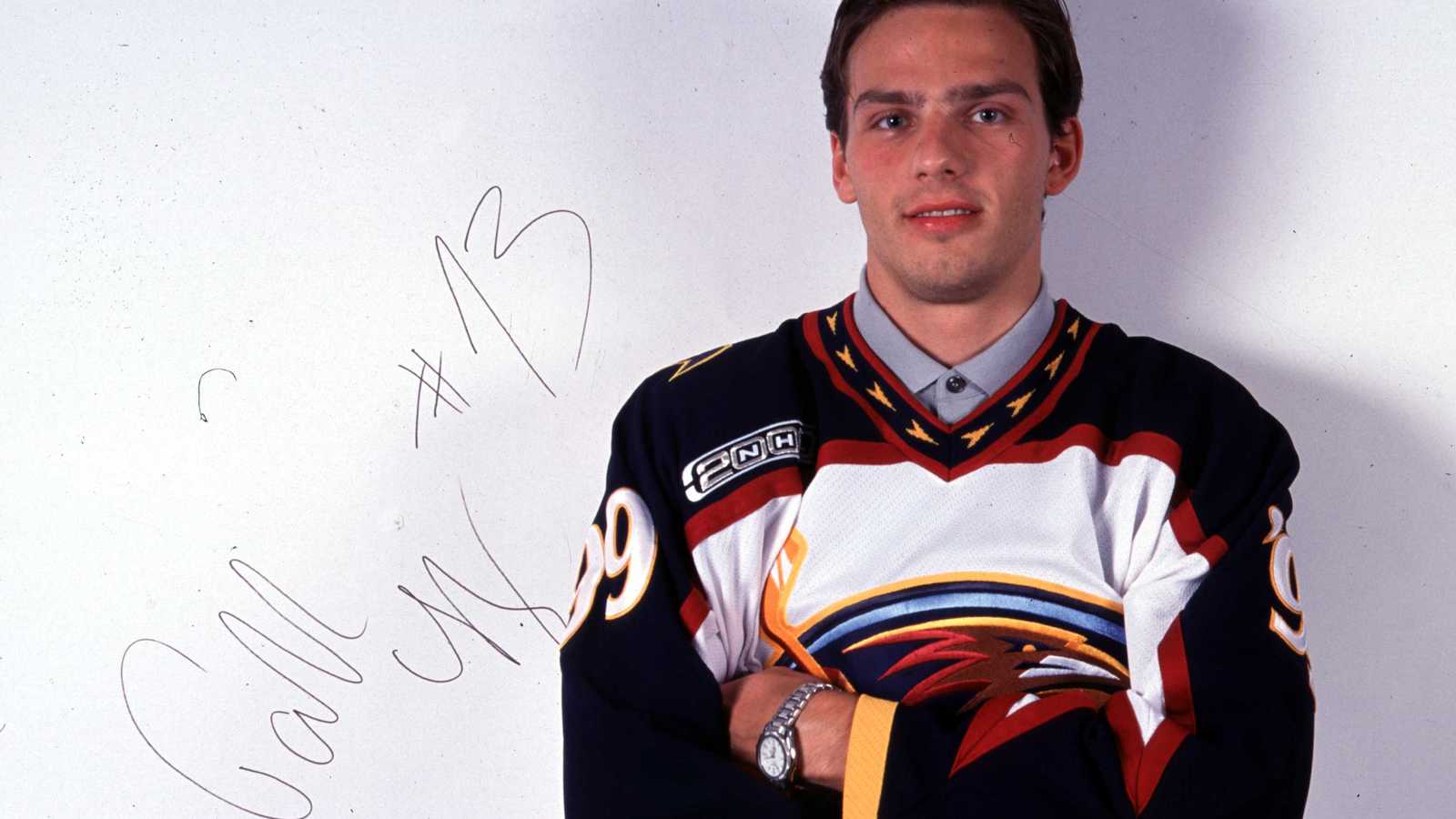
The 1999 draft, particularly its first round, is completely forgettable. It may be one of the weakest draft classes of all time, though it did still produce Henrik and Daniel Sedin (taken at picks two and three) and one of the all-time great draft steals in Henrik Zetterberg at pick No. 210. The Atlanta Thrashers, entering their first year of existence, ended up with none of them and selected Patrik Stefan with the top pick.
Stefan played parts of seven years in the NHL, tallying 64 goals and 188 points in 455 games. He is perhaps best known for missing an empty net goal from about five feet out as a member of the Dallas Stars, allowing the Edmonton Oilers to race back up the ice and tie the game in the final seconds.
This play:
What made this all especially tough for the Thrashers is that they were one of the teams used as a pawn by then-Canucks general manager Brian Burke as he orchestrated a series of trades to make sure he landed the Sedin twins. The Thrashers originally owned the second pick in the draft and traded it to Vancouver for the No. 1 pick (giving up a third-round pick in the process) along with the promise to select Stefan so the Canucks could have the Sedins.
Alexandre Daigle, Ottawa Senators (1993)
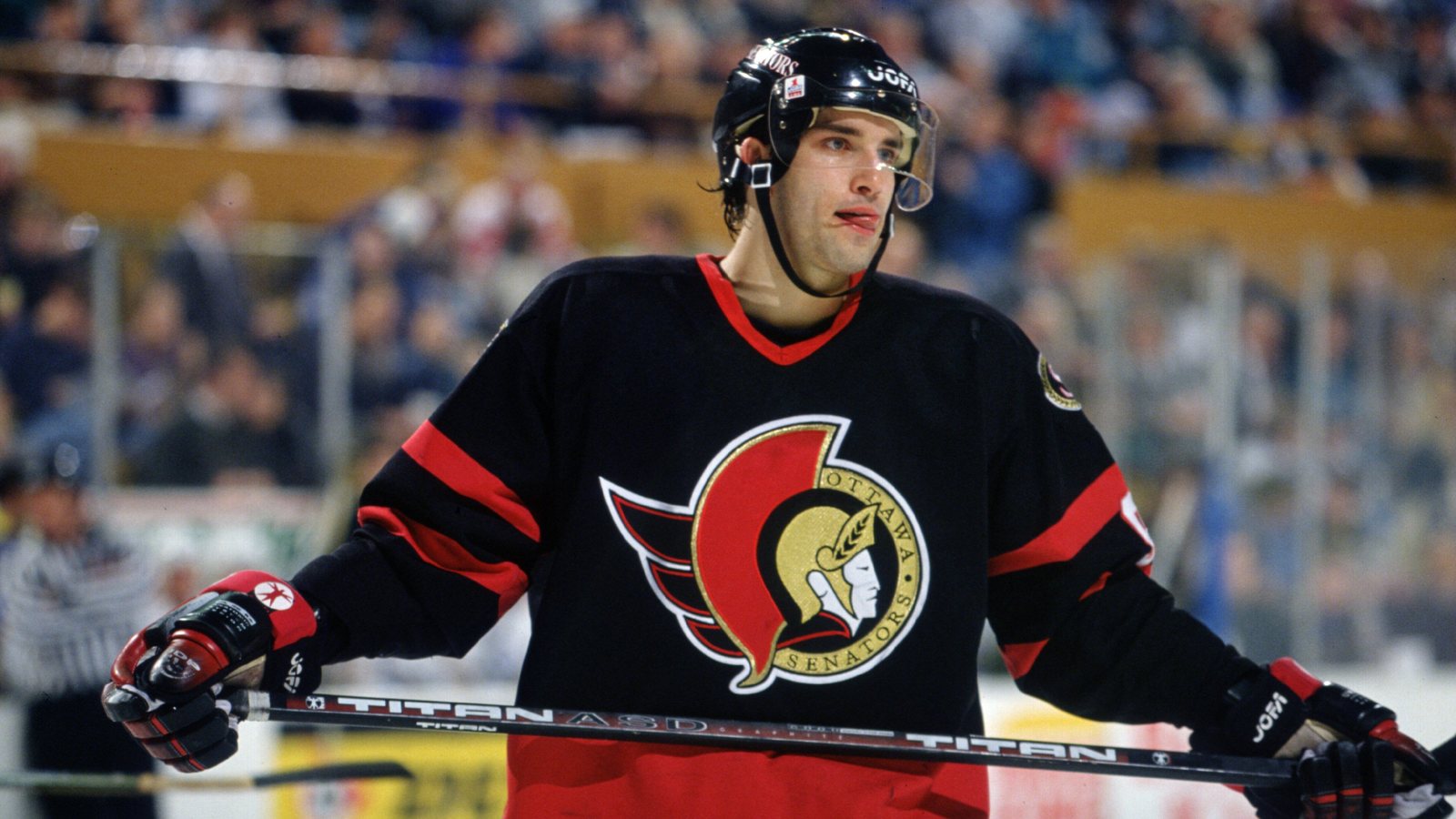
How extreme was the pre-draft hype for Alexandre Daigle leading up to the 1993 draft?
The Ottawa Senators, playing in their first season, were accused of tanking so badly for the top pick that the NHL had to implement the draft lottery system that we know today. He also signed a massive (at the time) five-year, $12 million contract before even playing a single game.
Daigle never came close to matching the expectations. He did end up scoring at least 20 goals three times in his career but only two of them came as a member of the Senators, and he never scored more than 26 in a single season. He ended up getting traded to Philadelphia for Vinny Prospal, Pat Falloon and a second-round draft pick.
Making matters worse for the Senators: The No. 2 pick in 1993 was future Hall of Fame defenseman Chris Pronger, a player so impactful that he singlehandedly changed the fortunes of pretty much every team he went to during the prime of his career.
Gord Kluzak, Boston Bruins (1982)
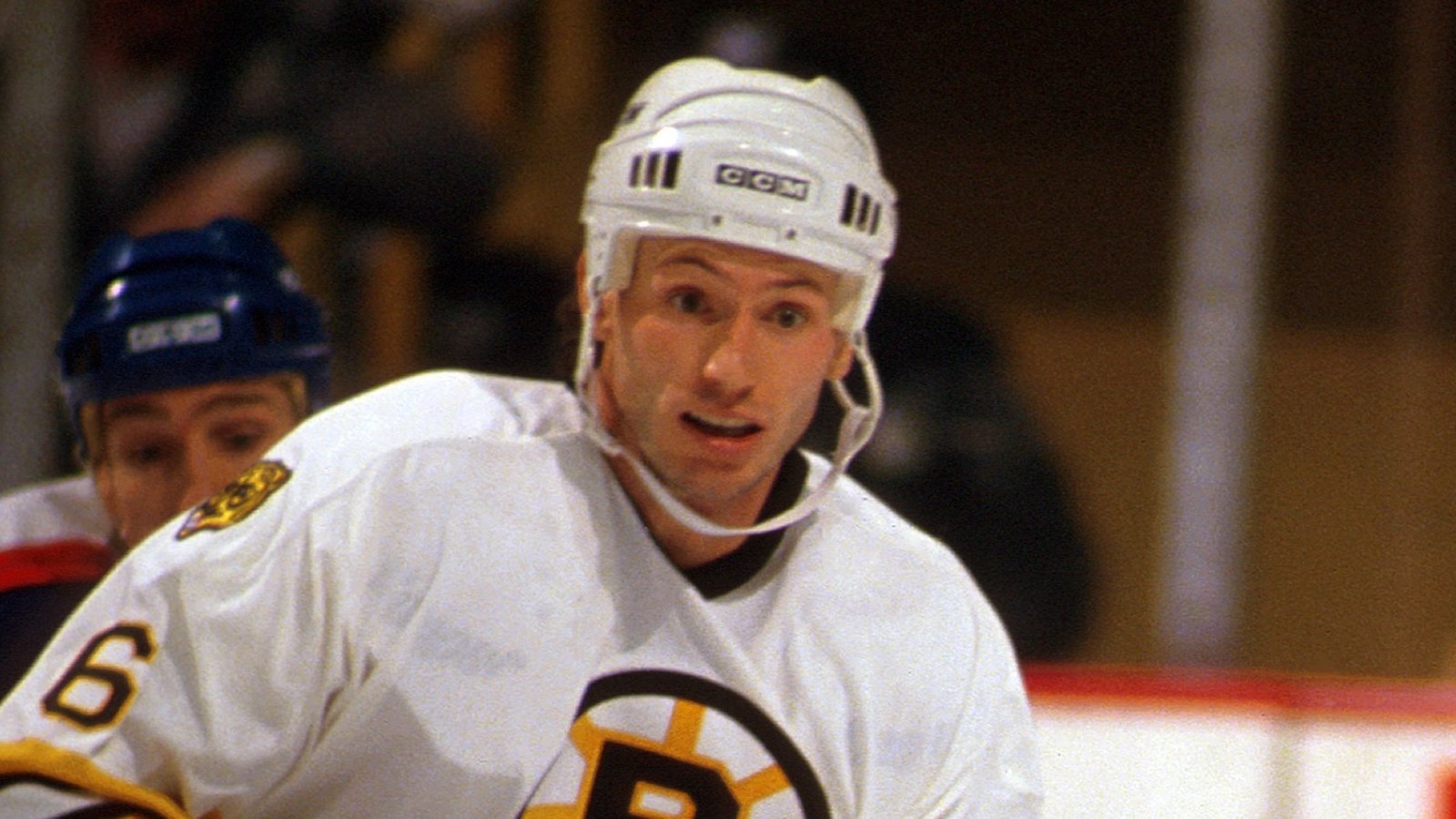
There were a lot of moving parts to the top pick in 1982.
The pick originally belonged to the Colorado Rockies, a fledgling franchise that was on the verge of moving to New Jersey to become the Devils. Before that happened, the team ended up trading the top pick in 1982, along with a second-round pick that same year, to the Boston Bruins in exchange for the No. 18 overall pick, a 10th-round pick and the rights to restricted free agent Dwight Foster.
The Bruins used that pick to select defenseman Gord Kluzak despite the fact he had missed most of the previous junior hockey season due to an injury.
Kluzak ended up having a nondescript NHL career that was ultimately cut short by major knee issues.
What stands out about this pick after decades of hindsight is that the No. 2 overall pick that year was Brian Bellows, selected by the Minnesota North Stars. Bellows was a highly regarded prospect entering that draft year (in some cases the highest rated prospect) and went on to have a highly successful NHL career that saw him score 485 career goals.
After acquiring the top pick from Colorado, longtime Bruins general manager Harry Sinden made a deal with Minnesota that resulted in the Bruins acquiring Brad Palmer and the rights to Dave Donnelly in exchange for the Bruins not picking Bellows. None of Kluzak, Palmer or Donnelly had a significant impact in Boston.
Some other notable top picks in 1982: Scott Stevens went fifth overall to the New Jersey Devils while Phil Housley went one pick later to the Buffalo Sabres.
Greg Joly, Washington Capitals (1974)
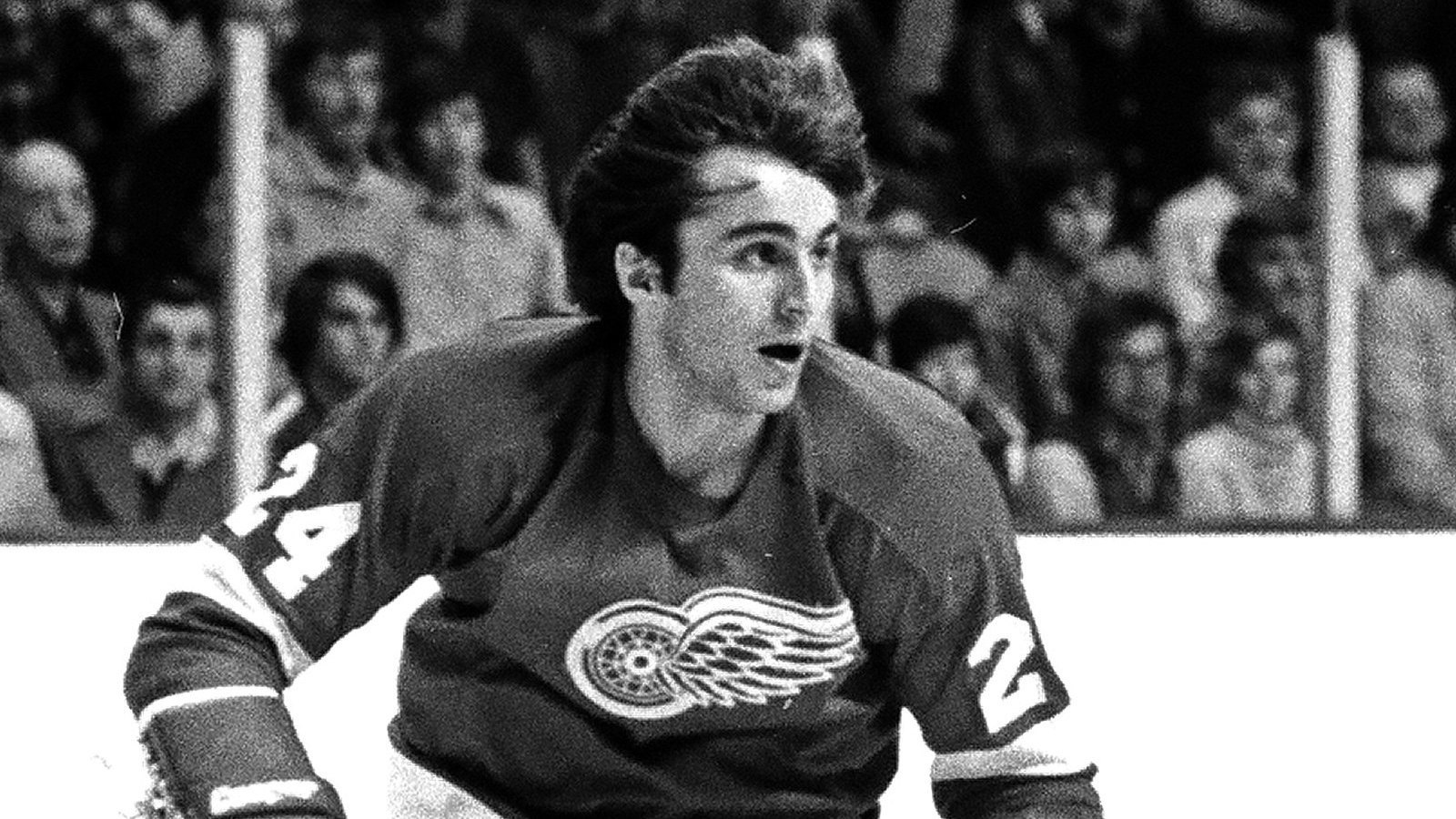
The Washington Capitals entered the NHL in 1974 and went on to be one of the worst expansion teams ever. Before their inaugural season that saw them win just eight games, they had the top pick in the 1974 draft and used it to select defenseman Greg Joly.
How did things go for Joly in Washington?
Well, in his rookie season he appeared in 44 games for the team and finished a minus-69 — a number that, somewhat astonishingly, was not even the worst mark on the team (that honor went to Bill Mikkelson, who finished as a minus-82!).
In year two he appeared in 54 games and finished as a minus-47.
The next season he was traded to the Detroit Red Wings for 34-year-old defenseman Bryan Watson.
That's not exactly the return you want on a No. 1 overall pick — especially one that starts your franchise.
More must-reads:
- Offseason needs for each NHL team
- The best NHL Draft late-round steals
- The '50 points in an NBA playoff game' quiz
Breaking News
Customize Your Newsletter
 +
+
Get the latest news and rumors, customized to your favorite sports and teams. Emailed daily. Always free!
